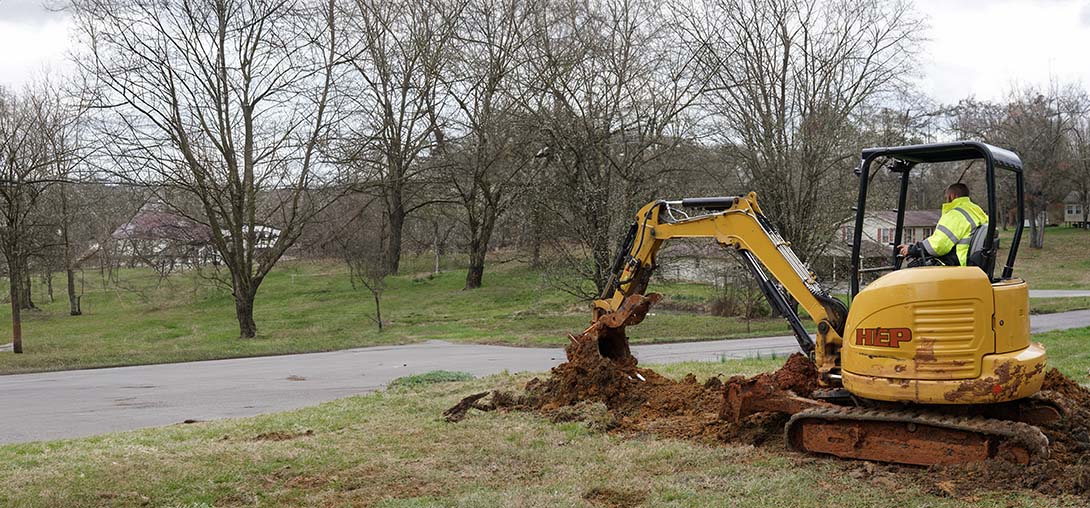

Plumbing Problems
Your trusted partner for professional home services. Quality workmanship, guaranteed satisfaction.




- HEP
- Plumbing Problems
Plumbing Problems | Main Line Issues | Plumbing | New Tazewell
When water backs up in the tub, toilets gurgle, or foul odors creep through the drains, it’s a sign you may be dealing with main line issues. HEP’s trusted team in New Tazewell pinpoints these hidden blockages fast, using state-of-the-art cameras and hydro-jetting technology to clear roots, grease, and debris without tearing up your yard. We know how disruptive a failing sewer line can be, so our licensed plumbers arrive promptly, explain every option, and give upfront pricing before any work begins.
Homeowners throughout New Tazewell count on us for 24/7 emergency support, courteous service, and repairs that last. Whether you need a quick inspection, trenchless pipe replacement, or just honest advice, HEP keeps your household flowing smoothly—and your mind at ease. Reach out today and let’s solve those main line issues before they become a costly headache.
FAQs
What warning signs indicate a main sewer line problem in my New Tazewell home?
Watch for multiple slow-draining fixtures at once, gurgling sounds when you flush or run water, sewage odors coming from floor drains, water backing up into tubs or showers, and soggy or unusually green patches in the yard. Because all household drains connect to the main, trouble there usually affects more than one fixture at a time.
How urgent is it to address a suspected main line clog or break?
Very urgent. A partial blockage can turn into a complete backup with little warning, sending wastewater into your home and potentially causing structural damage, mold, or health hazards. Pipe breaks can also undermine soil and foundations. Calling a licensed plumber as soon as symptoms appear often saves thousands in cleanup and reconstruction costs.
What are the most common causes of main line issues in the New Tazewell area?
Tree-root intrusion tops the list because many local lots have mature maples, oaks, and pines whose roots seek out moisture at pipe joints. Other common factors include grease buildup from kitchen drains, flushed wipes or hygiene products, aging clay or cast-iron pipe that collapses, and soil shifting after heavy Appalachian rainstorms that crack or misalign the line.
Does my homeowner’s insurance cover main line repairs or replacement?
Standard homeowner policies usually cover sudden, accidental damage to the home caused by a backup—such as ruined flooring— but not the cost to repair the pipe itself. Some insurers offer an optional sewer and water line rider that pays for underground repairs from the foundation to the street. Check your policy and ask your agent about adding this inexpensive coverage if you don’t already have it.
What repair options do you provide, and how do I choose between traditional excavation and trenchless methods?
Our team offers both. Traditional excavation involves digging to expose and replace the damaged section; it is sometimes necessary when the pipe has collapsed or lacks sufficient slope. Trenchless options—pipe bursting or cured-in-place pipe (CIPP) lining—require only small access pits and can often be completed in a day, preserving landscaping and driveways. We perform a camera inspection first, then give you a side-by-side estimate that factors in pipe condition, location, and long-term reliability so you can make an informed choice.
How can I prevent future main line problems?
1) Schedule a camera inspection every 2–3 years to catch early root infiltration. 2) Avoid flushing wipes, feminine products, or paper towels. 3) Collect cooking grease in a container instead of pouring it down the sink. 4) Install a main clean-out if you don’t already have one; it speeds service and reduces cost. 5) Consider a yearly preventative root treatment if trees sit near the line. 6) During renovations, route new downspouts away from the sewer to reduce hydraulic load.